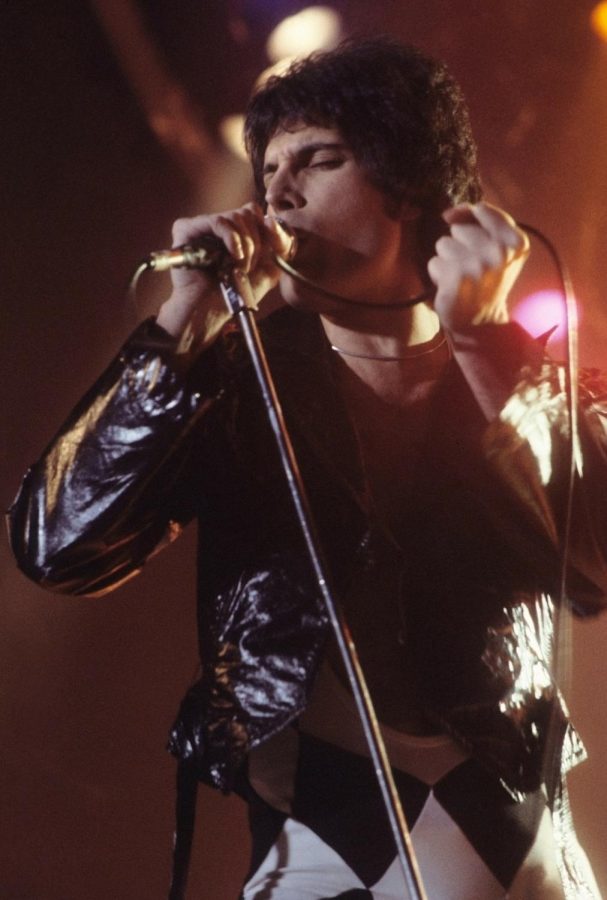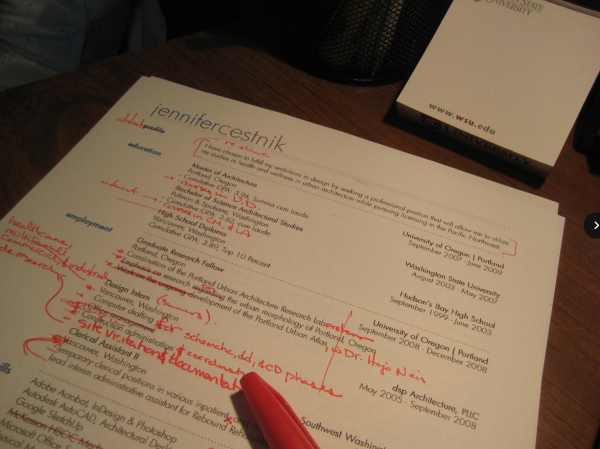Freddie Mercury: Far Beyond the Rest
Rock stars are categorically a wild group—a life of screaming into microphones and playing guitar until fingers become calloused can nurture a soul full of emotion, raw and capable of making head-banging hits. Rock as a genre began its rise in the 1950’s, reached immense popularity in the 1960’s, 70’s, and 80’s. Yet, no rock legends of the seventies and eighties could quite pour the songs in their heads out into intricate musical productions like the front man of Queen, Freddie Mercury, could.
Mercury had a unique voice; it had a raw emotional power to it, and it could convey the wildness and fun which was a big part of his life. It also beautifully painted a picture of Mercury’s sadness, guilt, and other bottled up emotions which he released through song. He had an impressive four-octave range with his voice, which is exceptionally large and rare. Additionally, according to NPR, a research team in Europe discovered that Mercury’s vibrato was incredibly unique, having a higher frequency of vibrato than opera singers yet irregularly interspersed oscillations of pitch; Not only did Mercury have power and soul, but the way his vocal chords worked was unlike any other singers of the decade. These traits solidified him as one of the most unique and talented singers of his time, and separated him from the other artists of his time, who lacked the vocal prowess of Mercury.
Today, making music is not quite as difficult as it used to be; having access to music software, anyone can record tracks quickly. During Queen’s reign, however, mixing tracks was not as simple; the number of tracks one could use was limited, as everything was recorded on a final tape piece. Up to twenty-four tracks could be used, in contrast to hundreds of tracks used by artists today, according to Pitchfork.
Mercury miraculously created sounds of an entire orchestra within this track constraint. Mercury was inspired by a production method called the “Wall of Sound,” for Queen’s hit, Bohemian Rhapsody, according to Insider, which involved playing the same part repeatedly with similar instruments to create an orchestral sound for one part. Queen also used “bouncing” techniques to combine multiple tracks into one, which was a tough, high-commitment process that no other artists mastered quite as well to create the same full orchestral sound as Queen. Not only did Mercury write melodic, unusual melodies, he visualized sound and brought it to life at a scale grander than his contemporaries.
Bohemian Rhapsody, one of Queen’s most popular songs, had around 180 tracks bounced into twenty-four track tape, according to Insider. This process was incredibly tedious and very challenging. The song itself is a masterpiece, following no traditional rules of verses and choruses, but following its own structure of different genres in each section. This song portrays various aspects of Mercury’s life. The ballad section shows Mercury’s deep insecurities and sadness, the acapella and operatic sections highlight the theatrics in his life, and the rock section portrays his “wild” persona that was always partying. The song and production embodies Mercury. To understand his music, it is important to understand his history.
Born in Zanzibar, Mercury, born as Farrokh Bulsara, had a wide pool of music he grew up listening to, including melodic and complex Indian music as well as British music. At his boarding school in India, Mercury was a lead singer of his school band, and was vastly popular among the school population for his musicality and skill on the piano. No doubt influenced by his diverse musical experience as a child, Mercury had a distinct and unique contribution of sound for Queen, which many popular western rock stars and artists did not have to offer.
Mercury unfortunately passed away from AIDS related illnesses, but his legacy lives on to this day. Not only was he a timeless musician who produced music that was sophisticated and unique compared to other artists of his time, he also survived as a Persian/South Asian man who managed to flourish in a white-dominated industry. Not only did he face racial challenges, he was also gay in an age where being gay was not truly accepted, even though “androgyny” was fashionable.
Freddie Mercury can only be described as a legend. He had a unique voice, way of writing songs, and had mastered the art of musical production. He conquered the rock industry and was noted as a brilliant performer despite the challenges he had in the music industry as a brown, gay man. Though other artists of the 60’s, 70’s, and 80’s produced many melodic and unique songs, none could reach the level of Queen and Freddie Mercury’s genius.

Freddie Mercury, born Farrokh Bulsara, is considered one of the greatest musicians and performers of all time.










